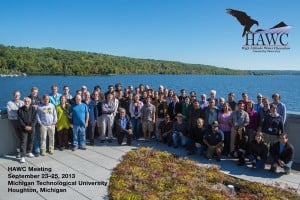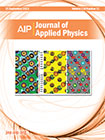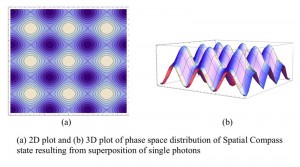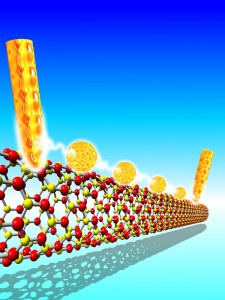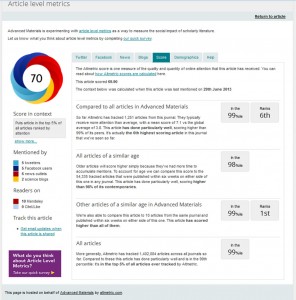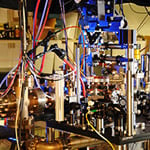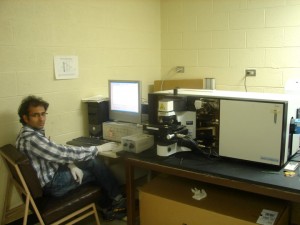
Bishnu Tiwari is a graduate student in the Engineering Physics program at Michigan Technological University. He has been working with Professor Yoke Khin Yap since the beginning of 2012. Professor Yap’s group is investigating the fundamentals of synthesis, characterization and applications (in electronics and the biological sector) of novel nanomaterials such as carbon nanotubes (CNTs), boron nitride nanotubes (BNNTs), boron nitride nano sheets, graphene, and B-C-N nanostructures, as well as in developing the quantum dot nano devices. The fabrication of the nanomaterials is done by the techniques of pulsed laser vapor deposition (PLD), chemical vapor deposition (CVD), and so on. Raman spectroscopy, Fourier transform infrared spectroscopy (FTIR), UV-visible measurement of the sample, and scanning electron microscopy (SEM) are the techniques we utilize for characterization of materials.
Tiwari is also interested in the applications of nanomaterials in biological sectors. The group has recently started a project to test the toxicity of various kinds of nanomaterials in HeLa Cells, in collaboration with Dr. Caryn Heldt’s group in the Department of Chemical Engineering. The purpose of this experiment is to understand the nature of conflicting results regarding the toxicity of nanomaterials which are being considered as prospective materials for drug delivery.
